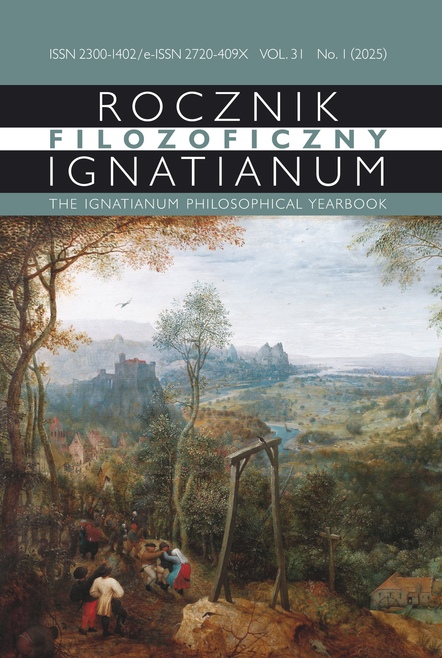Legal Consequences of the Peasant Uprising in Bohemia in 1775
Abstract
The 250th anniversary of the events of 1775, the largest peasant uprising in Bohemia, once again prompts an examination of the conditions in the Czech countryside between the Thirty Years’ War and the final third of the 18th century. This inquiry spans social, legal, economic, and demographic perspectives, addressing how rural society responded to increasing demands from landlords, adapted to crises, and underwent transformation. While smaller revolts are documented in the late 15th and 16th centuries, the first large-scale uprising occurred in 1680.
Peasant uprisings in the Czech lands exhibited a distinct character compared to those in other European countries. They did not escalate into large-scale rebellions resulting in significant loss of life. Punishments were typically intended as exemplary deterrents, yet they were frequently mitigated. Protesters primarily expressed their grievances through written petitions, complaints, and formal requests. Initially, serfs appealed to historical privileges, but over time, their demands shifted toward the enforcement of corvée patents, the reduction of corvée obligations, or their complete abolition. These developments reflected broader societal tensions and a growing call for social change.The imposition—and frequent mitigation—of punishments fostered sympathy for the ruler while reinforcing a degree of detachment between serfs and landlords. These dynamics were subsequently echoed in the Josephine reforms, particularly the “Patent of the Abolition of Serfdom” and the “Patent of Toleration”.
Copyright (c) 2025 Ignatianum University in Cracow

This work is licensed under a Creative Commons Attribution-NoDerivatives 4.0 International License.
The Yearbook only accepts materials for publication that are free of all conflicts of interest, and that in no way involve conflicts over authorship, copyright, etc. The Editors will take action against any cases of plagiarizing, ghostwriting1, guest/honorary authorship2, etc. Where co-authored work is concerned, the Author listed first is expected to take responsibility for the submission, and is required to make clear the contributions of all of the Co-Authors involved. In the event of the publication owing its existence to funding dedicated to this purpose, this fact should be made clear: e.g. in any note of thanks/acknowledgement, or in a footnote, etc. Explicit notification should be given of any form of reprinting, with the appropriate evidence of permission to publish being furnished as required. Any impropriety on the part of Authors/Reviewers risks exposing them to appropriate responses from the relevant institutions.
______
1 This term refers to instances of a person who has made an essential contribution being omitted from the list of authors, or from notes conveying gratitude and/or acknowledgement.
2 This occurs when a person who has made either an insignificant contribution or no contribution at all nevertheless appears on the list of authors.





